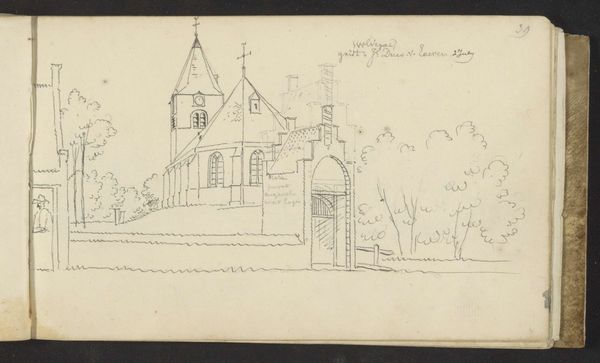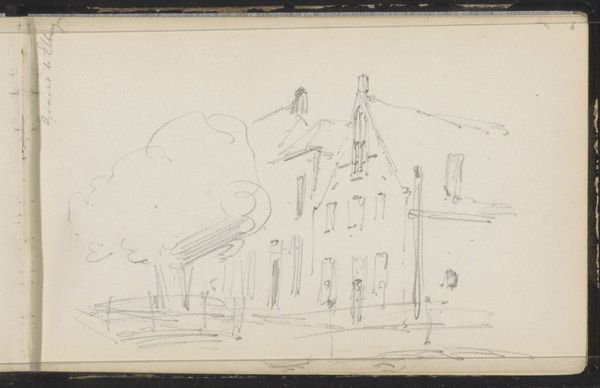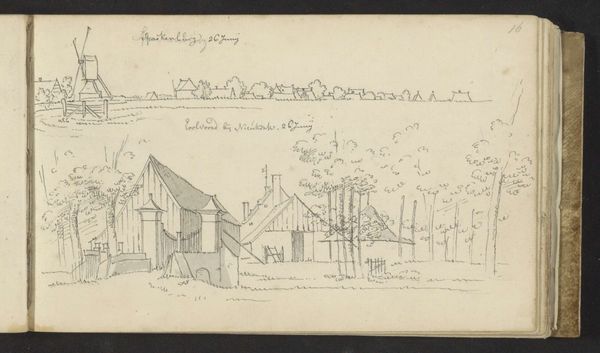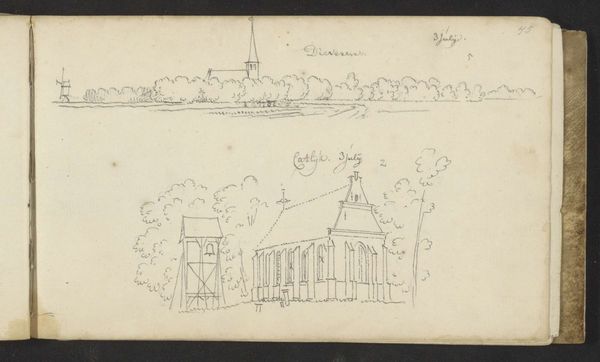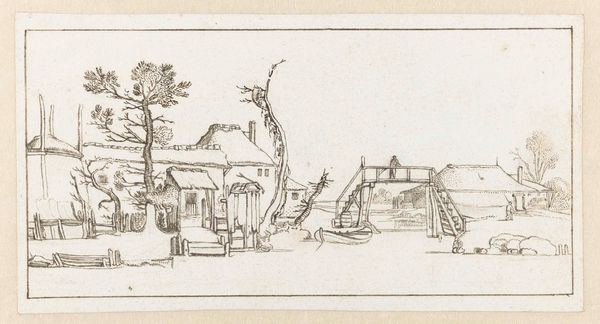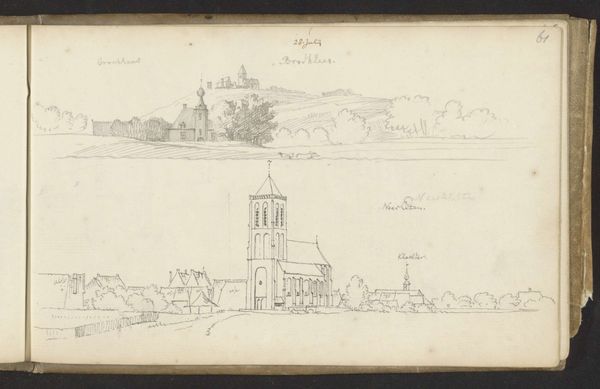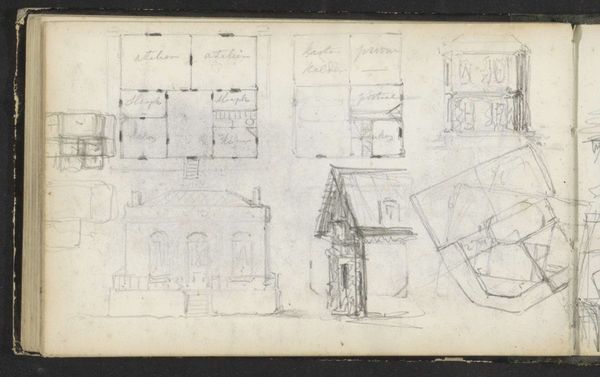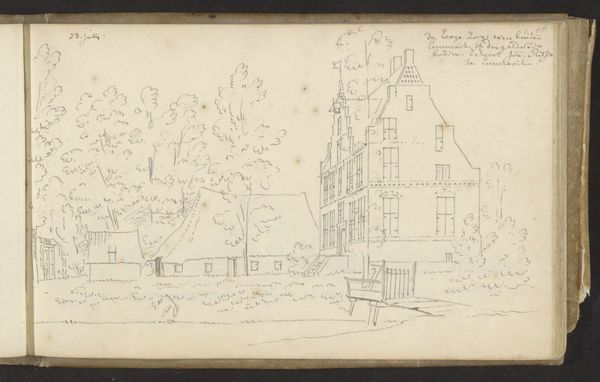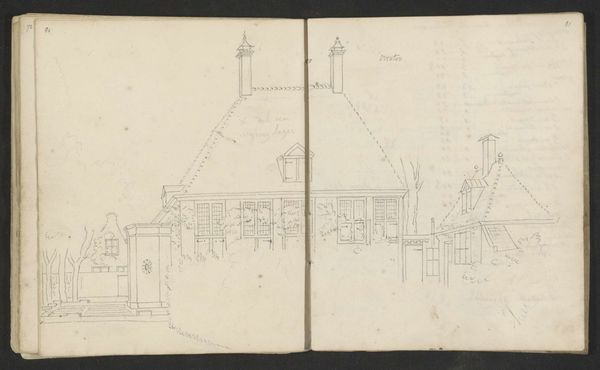
drawing, paper, pen
#
drawing
#
aged paper
#
quirky sketch
#
dutch-golden-age
#
sketch book
#
landscape
#
paper
#
personal sketchbook
#
sketchwork
#
pen-ink sketch
#
line
#
pen work
#
sketchbook drawing
#
pen
#
cityscape
#
storyboard and sketchbook work
#
sketchbook art
Copyright: Rijks Museum: Open Domain
Abraham de Haen the Younger made this pen and brown ink drawing of Oudeschoot Church. Likely made in the mid-18th century, this landscape provides a glimpse into the visual culture of the Dutch Republic. At the time, the Dutch Republic was a leading force in global trade and culture, marked by its urban growth and a rising merchant class. Art functioned as a powerful tool for representing status and belonging. De Haen’s choice to depict a village church connects to a wider visual tradition of landscape art that became popular with the rising middle class. Unlike the grand history painting promoted by the French academies, these northern landscapes depicted ordinary life. They also served to reinforce the social hierarchy of the era. Examining drawings such as this one, alongside period maps, municipal archives, and church records, helps us reconstruct the social conditions that shaped artistic production during this transformative era.
Comments
No comments
Be the first to comment and join the conversation on the ultimate creative platform.
